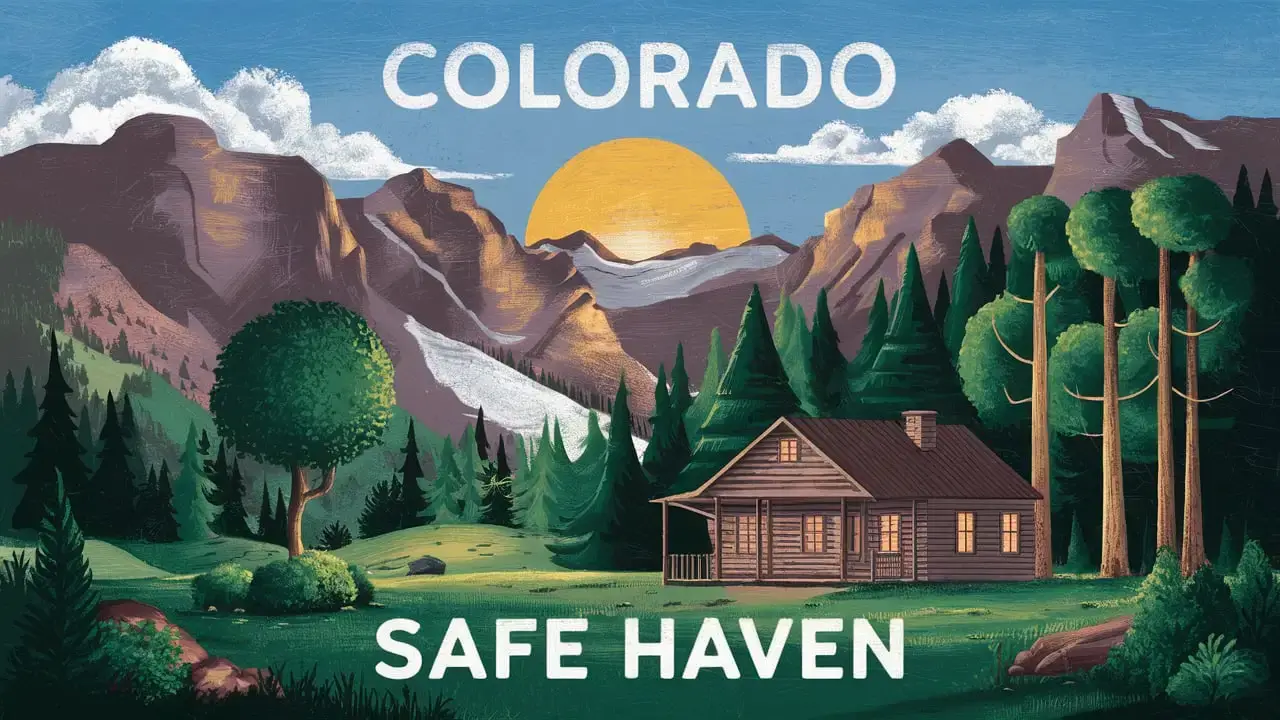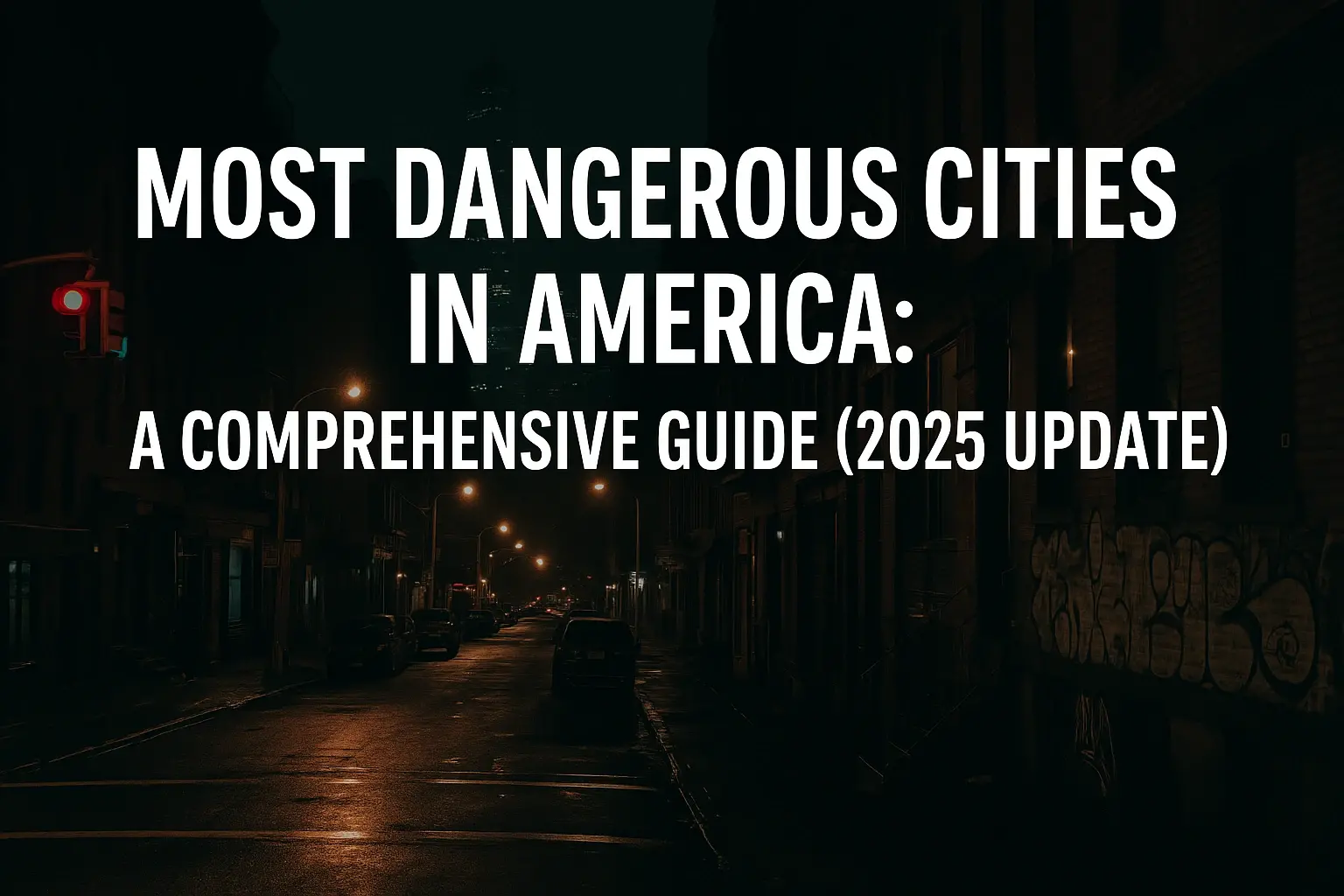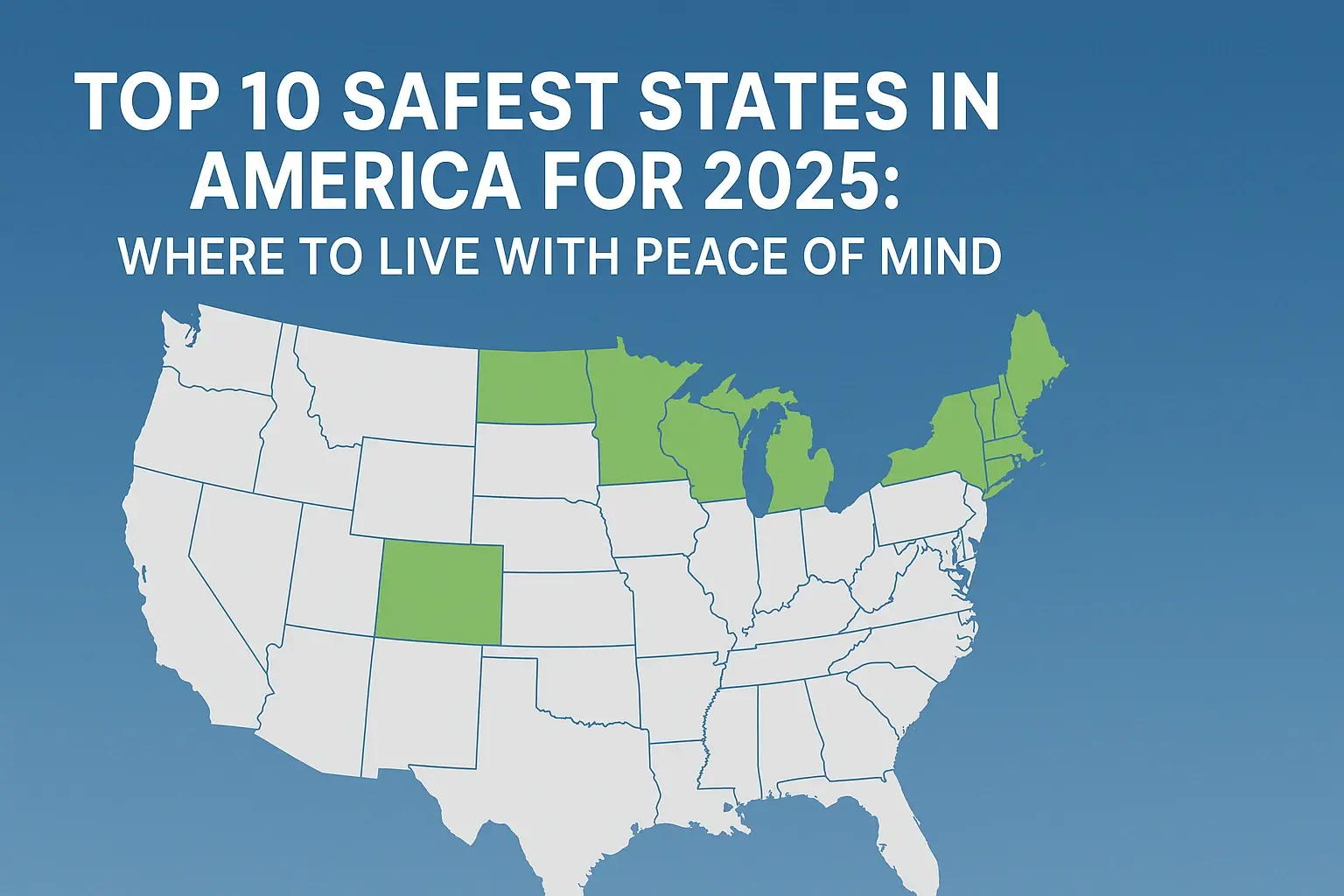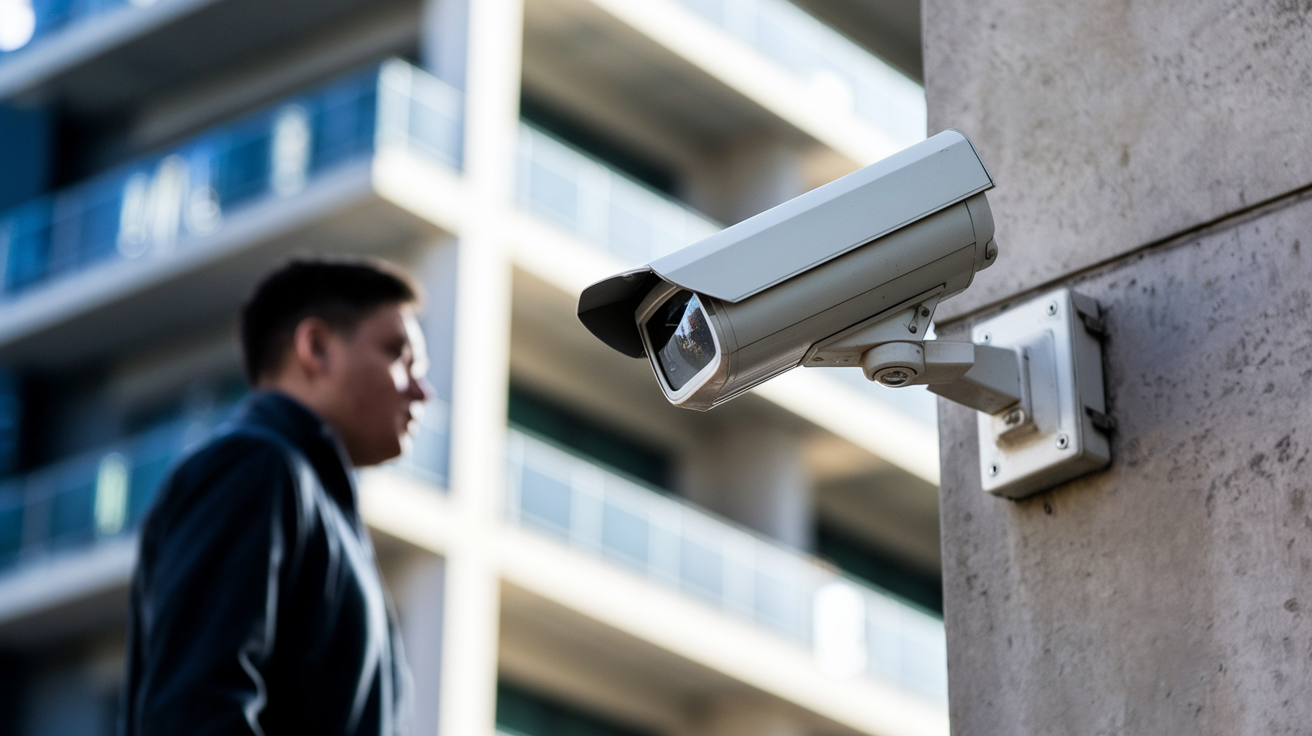Colorado is a state with great prominence in mountains, active and strong communities, and good sporting activities. It has scenery that is almost second to none and all the modern amenities one would desire in a city hence the high demand for the Colorado. However, any possible relocation always raises the issue of security for some reason. Well, now let us try to understand how safe or unsafe Colorado is about other states in the country. And let us go deeper into this.
Crime Rates
Colorado boasts a relatively lower FBI crime rate for both violent and property crimes than the national rates. In 2019, the violent crimes per 100,000 residents were 289, which is significantly lower than the violent crimes per 100,000 residents across the United States, which stands at 366. And for property crimes, the rate per 100000 people in Colorado stands at 2013 which is lower than the 2110 of the whole country.
Therefore, if anything, the data presented above shows that citizens in Colorado have a comparatively lower risk of becoming a victim of a crime than the average risk across the United States. The level of violent crime has increased somewhat in recent years but plays a relatively minor role and conforms to national trends. The data also shows that none of the cities in Colorado can be considered among the most dangerous in the United States of America.
Nonetheless, crime is not evenly spread across an area. The studies also reveal that generally in the state of Colorado, property crimes often occur in the urban and tourist centers. Car theft is quite rampant in Colorado, and the problem particularly affects Denver.
Natural Disasters
However, Colorado does not stand completely immune to these natural disaster risks. The weather that characterizes this state is rather changeable; floods, wildfires blizzards, and avalanches are a little more frequent because of the geographical terrains of high altitudes. Some of these are worsened by climate change.
As recently as 2013, parts of Boulder County experienced severe flooding with similar occurrences posing a threat to communities living near water bodies during periods of heavy rains. Fires, be they large or small, major fires that burn hundreds of acres of dry forests and small fires that burn a few houses in neighborhoods, are almost a norm during summer seasons. Heavy snow in the high country offers the risk of dangerous winter storms.
Nonetheless, Colorado can successfully cope with these threats due to enhanced infrastructures, sound policies of responsible development, improved weather predictions, and maintaining essential precautionary measures. As long as residents pay attention to these warnings and do not venture into obviously dangerous locations during these warnings, most of the population can continue functioning without incident.
Infrastructure & Services
One of the most notable prescriptions for public health is having access to quality infrastructure and common consumer utilities. This includes; Transport networks such as roads and rail, social amenities such as bus stations, water and electricity, and connectivity such as internet, health care facilities, educational institutions, recreational areas such as parks and gardens, and many others.
In general, Colorado has good and favorable infrastructures that help support such communities that are safe and well-connected. They do have some gaps within the state, and one of them is the accessibility of rural broadband. And rapidly growing Front Range cities face challenges in the stresses on transportation systems and the future availability of affordable housing. But, as seen earlier, good planning will enable the growth of services to meet the population demands in the future.
The availability of high–ranking healthcare facilities, such as Children’s Hospital Colorado, also contributes to healthcare security for families. The availability of ample open spaces also makes it possible for a majority of Colorado residents to enjoy a better quality of life by having access to recreational facilities. In a larger perspective, Colorado brings together natural environments the infrastructure, and public facilities that help support safe and healthy lifestyles.
Political Stability
Last but not least, there is an undertone that is determining the livability and stability of any area and this is the nature of political leadership and... policymaking. While Colorado is home to ideological battles like any other state, it has a centralized political culture that leans more towards bipartisan rather than being heavily partisan. Both parties have mostly looked in the last few decades at the optimization of the resolution of problems instead of sticking to partisan politics.
This spirit helps Colorado not to go to extremes in policy issues and slowly move forward in addressing the issues associated with growth and the demographics of the population. Necessary governance offers a predictable foundation for the individuals living in Colorado. And the state has been able to effectively change guard during the different shifts in party rule and that too without much turmoil.
In Summary
Taking into account all the crime rates, possible disasters, the state of the roads, and the political climate, one could say that Colorado is very much indeed a very liveable state. It is still important to note that crime statistics are lower than the national average and the drivers of security include connected transportation networks, healthcare, utilities, and access to emergency services. However, while natural disasters present some of these risks, proper planning and precaution make many of these risks containable. To avoid major catastrophes and keep a perspective, most Coloradoans can rest assured that their beloved state is generally safe if proper measures are taken.







